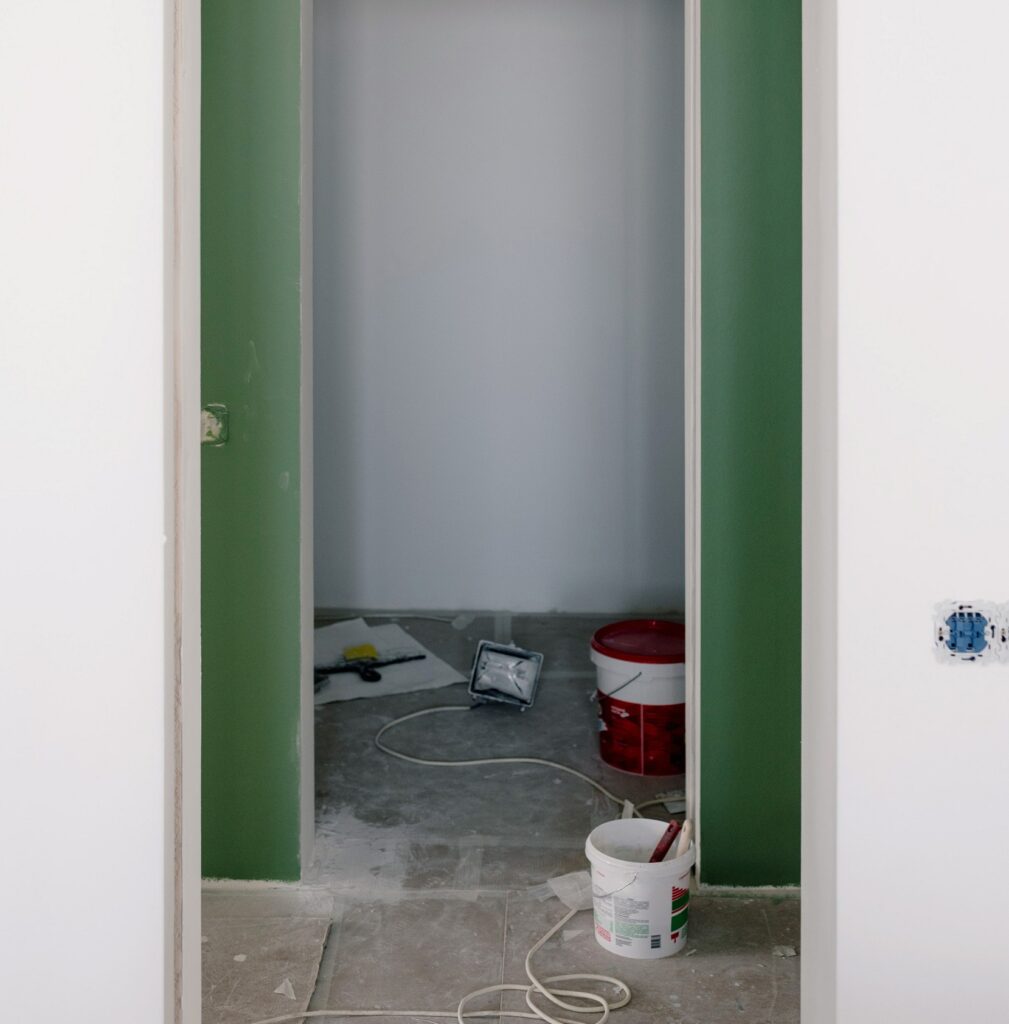Ok, so the worst has happened – you have water damage. Your (insert water vessel name here) has let go a flood of suspicious water into your home, and it has to be cleaned up.
Where do you start? How do you save what’s precious to you?
The first thing to know is, get ALL that weird water out of there. You’re probably already a little grossed out by it, and whatever debris it carried out in the area where you first noticed it.
The key to really recovering from water damage is drying out the area quickly and completely, then cleaning individually the items not attached to your structure. The vast majority of damage from water happens in the first few hours of the water entering where it should not, so the sooner you get at it the better.
If it is possible to rent a couple of industrial-strength drying fans, get those into your house so that the air is moving through there as soon as possible.

Cleaning Up After Water Damage
Here’s a quick checklist to help you start the cleanup, and make sure that nothing of real value to you is lost.
- Find the source of the water and shut it off. If the water is coming from outside the home, try to block where it is entering. Then, set up the fans so the air is moving over the affected area.
- Remove all portable items to a dry place where they can be examined and dried. A tub can come in useful here.
- A good Wet-Dry Vac is your friend. Get one. Start with carpets and fabric-covered large items like sofas, and move to the more water-resistant flooring and items. Pay special attention to wood items that may be sitting in water, lift them, and ensure the undersides are dried and set back on dry, absorbent material.
- Get to know your local laundromat. Most water damaged fabrics can be cleaned, but depending on what was in the water, you might not want that clogging up your personal washing machine. Laundromats can accommodate larger loads, have great dryers, and often take much less time than doing one load after another at home.
A couple of notes about cleaning products. Perhaps you’re tempted to use bleach in areas where water has sat for a time and perhaps even notice a mildew smell.
Resist the temptation to use bleach in any area where mold has begun to grow. Bleach only causes mold to throw spores to other places in your home.
Any surfactant will clean the mold and take care of the smell at the same time. Read the directions carefully, and use the recommended dilutions for hard to clean jobs.
Now, the real work. You may want to start by cleaning the structural areas where the water was.
Wipe down every surface around where the water was, even perhaps where it didn’t touch. Wash and dry all the draperies, pillows, and fabric-covered items that can be washed.
Larger items can be scrubbed lightly with surfactant and a brush or rough cloth and then dried with the wet-dry vac or placed in the sun to dry if that is an option.
Finally, follow a good cleaning routine in the area affected by water damage for several weeks to be sure that no water has overstayed it’s welcome.
